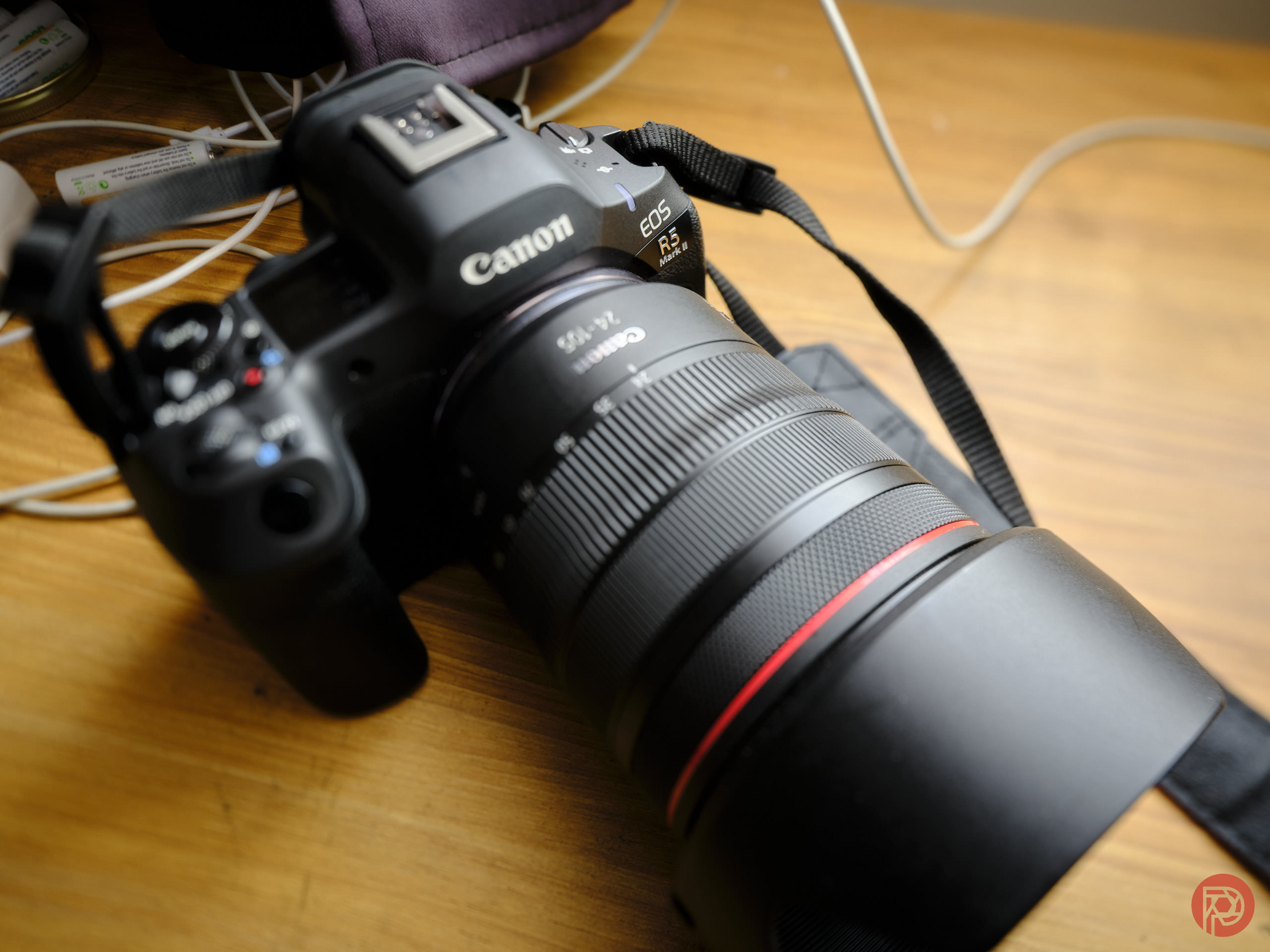
When it comes to buying cameras today, size, price, weather sealing, and megapixels are a few things that people consider. However, oftentimes, many people begin to chase megapixels the most, as it is considered to help one achieve ‘better’ results. Since the megapixel war has been going on with the boom of DSLRs and mirrorless cameras, it appears that camera companies are looking for ways to keep the ambers of innovation going. Why? Because Canon has recently announced a new high-megapixel sensor!
According to Mirrorless Rumors, Canon Japan has announced a new 410MP CMOS sensor with a resolution of 24,592 x 16,704 pixels. What is interesting is that this resolution has been achieved in a 35mm full-frame sensor; the sensor can capture a resolution equivalent to 24k, which is 198 times greater than Full HD and 12 times higher than 8K resolution. As a result, this will enable creators to crop images or enlarge them without sacrificing the quality of the photograph. This sensor size, Canon says, has been designed for medium-format or larger systems. But now, this allows one to get a camera that is both compact and portable full-frame sensor.
This Canon sensor incorporates a back-illuminated stacked formation, which the company states interlayers the pixel and signal processing components but with a redesigned circuit. As a result, it has a readout speed of 3,280 megapixels per second and supports video capture at up to 8 frames per second. It also incorporates a “four-pixel binning” function, which puts together four adjacent pixels into one. This, thus, results in upgraded sensitivity, allowing users to shoot brighter images. The sensor can also shoot 100MP video at 24 fps in dimly lit situations.
While this may seem like something photographers would want, it is now only limited to surveillance, medicine, and industrial use. This kind of innovation only raises the question: Do photographers really need such a high-resolution device? Well, in all honesty, not at all. We already have many high-megapixel cameras. Sony has a 50MP camera, Leica (and Sony) a 60MP camera, and Fujifilm a 100MP camera medium format camera. While Canon fans want a similar high-megapixel camera, we do believe a 60MP cap is pretty good for most results.
This 410MP sensor will not immediately result in a massive change, but with more breakthroughs and innovations, camera manufacturers will begin to feel the heat and pressure. However, considering how vintage digital cameras and analog cameras are making a comeback, it only proves that extremely clinical images are needed by only a handful of photographers—for instance, commercial or studio photographers. But wildlife photographers can function with APS-C cameras.
As we said, clinical images are getting boring, as iPhone photography, too, is using similar aesthetics. So, continuously increasing megapixels will not really excel photography in the future. Rather, it will create similar-looking images, something we have already seen on social media. Instead, we need innovations to break free from this and create meaningful images. The latter can help us move visual images forward, one that can help to make an empathic and inclusive space for photographers.
Canon will showcase this sensor at the SPIE Photonics West conference in San Francisco from January 28 to 30. What happens in the future remains to be seen, but for now, Canon seems to be trying to win a battle in the long run.

